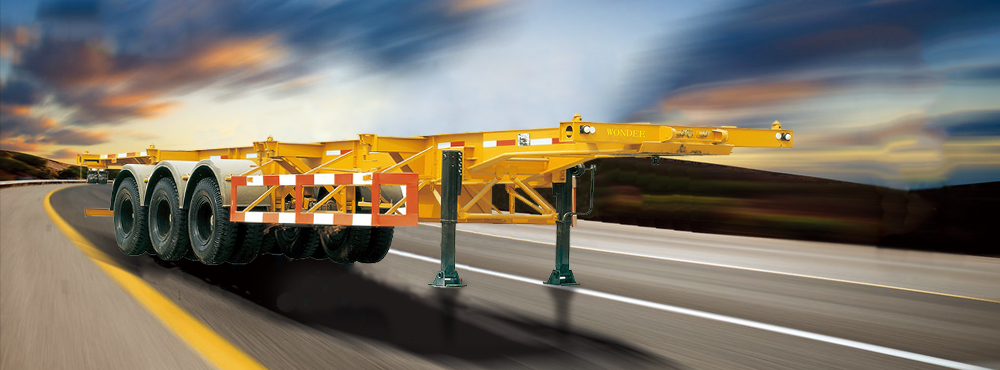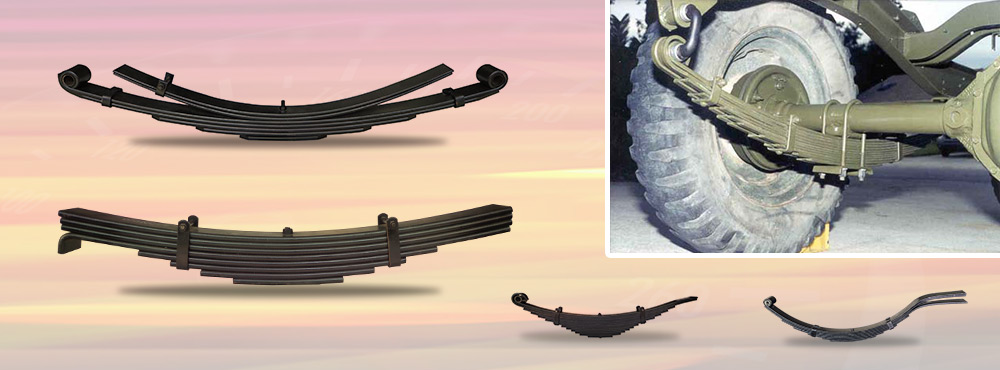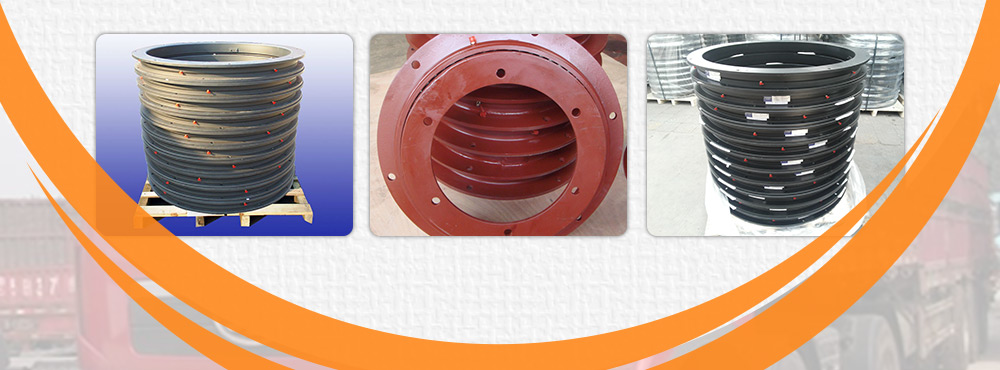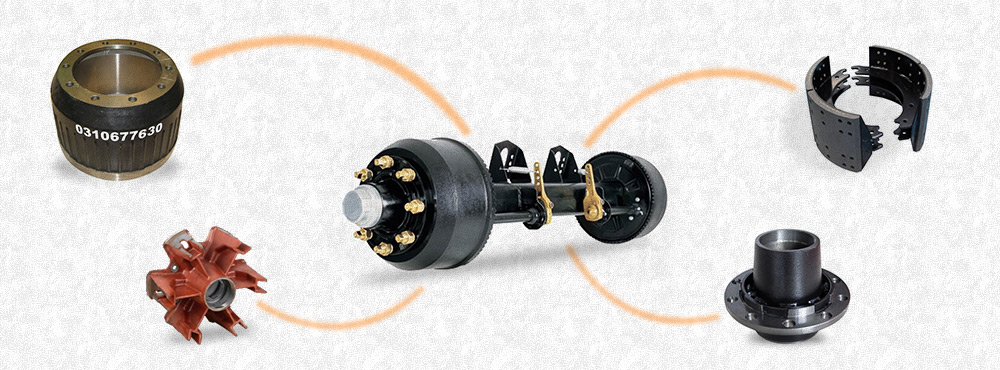CATEGORIES
KING PIN HISTORY
2016-02-16 09:14:34
Originally, with the 'turntable' steering of horse-drawn wagons, this was a single pin on which the moveable axle was pivoted beneath the wagon's frame. This located the axle from side to side, but the weight of the wagon was carried on a circular wooden ring turntable surrounding this. Similar centre pivot steering was used by steamtraction engines, the kingpin being mounted on the 'perch bracket' beneath the boiler. Some early cars also used centre pivot steering, although it became apparent that it was unsuitable for their increasing speeds.
Ackermann steering separates the steering movement into two pivots, one near the hub of each front wheel. The beam axle between them remains fixed relative to the chassis, linked by the suspension. Ackermann steering has the two advantages that it reduces tyre scrub, the need to drag tyres sideways across their tread when turning the steering, and also it reduced bump steer, suspension and road bumps tending to upset the steering direction. The kingpins were now fixed to the axle ends and the hub carriers pivoted upon them. Most commonly the centre of the kingpin was fixed in the axle and the hub carrier was forked to fit over this, but some vehicles, including the Ford Model T illustrated, used a forked axle and a kingpin fixed into a single piece carrier. Kingpins were always clamped in the centre and the swivel bearings at the ends, to increase the lever arm and so reduce the bearing load.
Independent front suspension developed through the 1930s, for high-performance cars at least, often using double wishbone suspension. This performance also encouraged the reduction of unsprung weight. Rather than using separate pivots for both the up-and-down motion of the suspension and the steering swivel, the use of a spherical ball joint that could move in two degrees of freedom allowed the same joint to carry out both functions. The hub carrier extended vertically to span the ends of both wishbones, with a ball joint at each end. In the 1950s and 1960s, such independent suspension became commonplace through light cars in all price ranges. Although the kingpin was no longer an identifiable physical component, suspension geometry was still designed in terms of a virtual kingpin along a line between the ball joint centres.
Although they are largely obsolete, kingpin suspensions have the advantage of being able to carry much heavier weights,[dubious – discuss] which is why they are still featured on some heavy trucks. Dana produced the king pin version of the D60 axle until 1991. (The functionally analogous, similar looking and very robust joint between the chassis and boom on a backhoe is however referred to as a king post.)
The nipple at the front of a semi-trailer to connect to a fifth wheel couplingon a tractor unit is also known as a kingpin, which usage is analogous to the original horse-drawn wagon and traction engine steering use.
Next:King pin instruction













